As math teachers of littles we know our students need hands-on concrete experiences as mathematicians. Being able to quickly solve an addition or subtraction problem only comes after dozens of hands-on experiences with the numbers. In addition to merely ‘solving’ a problem, we want students to be able to explain their thinking, make connections between numbers, and have flexibility as they work. We know this is true, so the question remains – how do we build these meaningful number experiences with our K, 1, 2 students? One word – rekenrek.
Why Rekenreks?
At a local math training, I was introduced to rekenreks (Amazon Affiliate link) and every since they have completely (and positively) changed my guided math instruction. Rekenreks offer students a hands-on, concrete way to illustrate their math thinking and build numbers. From exploring strategies for composing and decomposing numbers, to establishing the primary benchmarks of 5, 10, and 20, to a hands-on way to teach part-part-whole, I am using this math tools for EVERYTHING!
Rekenrek – DIY Style
While I love my bead racks from ETA Hand to Mind (Amazon affiliate link), I also purchased a class set for home practice. (Check out some of my favorite DIY math tools here.) Using the box from my latest Amazon order, red and white beads, and some elastic string, I was ready to create my own rekenrek! I made bead bracelets with 10 beads on them (5 red and 5 white). Then, I stretched them over the cardboard (2 x 6). I prefer bracelets, rather than punching holes in the cardboard, because it makes the bead racks easy to level. My kindergarten students have bead racks with 1 row of beads and my 1st graders have bead racks with 2 rows of beads.
We use 5 red and 5 white beads because the fluency standards in Kindergarten is 5, so this becomes a benchmark. Once students have mastered 5, having different colors allows students to easily subitize 5 – doubling it, counting back, counting forward, adding other groups of numbers to it.
Subitizing
Subitizing is the ability to quickly identify the number of objects in a group without individually counting them. Just like students learn to subitize dots and objects, students have to learn how to subitize objects on a bead rack! Having students quickly identify the number and then building it on a bead rack, allows students hands-on practice representing numbers. Additionally, using this number task in a small group allows students to see that there are multiple ways to represent a single number. In the picture below, you see two students have created the number 5 using 3 & 2 and 2 & 3. This happens A LOT and it’s the perfect way to introduce the commutative property. I haven’t “taught” the commutative property yet in my classroom, but my students can already explain and identify these facts!
Building Flexibility with Numbers
As a primary teacher, encouraging flexible number thinking has to be a priority. If students learn to “play” with numbers 1-20 and have hands-on experience doing so, they can apply that thinking to ANY number. Additionally, when we start officially composing and decomposing numbers, students will generate significantly more strategies for adding or subtracting the numbers because they can compose and decompose them in different ways.
At teacher table, we build A LOT of numbers. When first introducing ‘Build It’, I will scribe students’ thinking as they verbalize their ideas and manipulate the beads. After students have enjoyed hands-on practice, you can ask them to illustrate their combinations, as well as, write the number sentences they have created.
Building Benchmarks
1st Grade students are expected to fluently add and subtract to 10. At the beginning of the year, we will ensure students already have the kinder benchmark of 5. If students have this benchmark, they will be able to quickly subitize 5 beads and count on from there. 6 would be 5-6, rather than 1-2-3-4-5-6. Students must have the benchmark of 5 before working towards 10. There are many combinations of 10 that can be shown in a single line or using the top/bottom beds (often referred to as bunks). Students should be encouraged to show 10 in multiple ways using different parts of the rekenrek, using different colors, and by explaining how others have represented 10.
Learning More
Hands-down rekenreks have quickly become one of the most important math tools in our classroom. We use them at teacher table during guided math, students can pull them during math centers to show their thinking, and they’ve added incredible depth to our number talks. I’ve prepared and offered some of our favorite strategies and games in this Teaching On Demand Video and Resource. You’ll have lifetime access to the 15 minute video offering rekenrek support, as well as, the mini-lessons and math centers (visual directions included) that foster concrete math experiences in the classroom.
So friends, have you used Bead Racks in the classroom? What benefits have you seen? If rekenreks are a new math tool for you, what questions do you have? Are you ready to jump in? I’d love to hear from you!
Get Free Teaching Resources!
Join me for weekly classroom updates and free resources that are just-right for your guided math classroom!
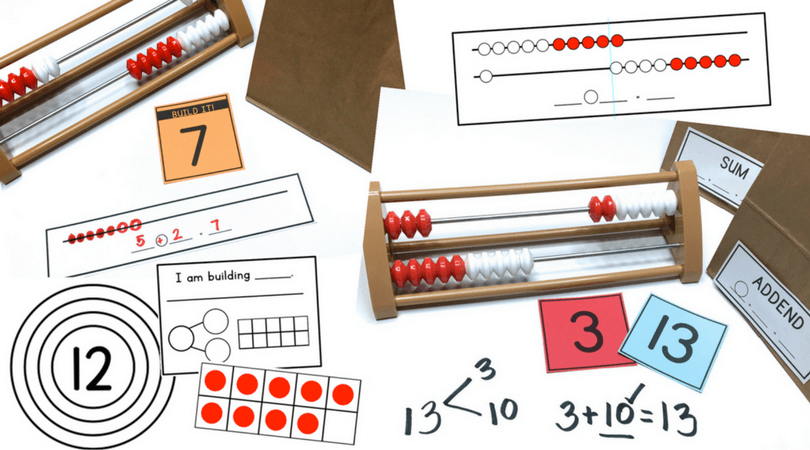
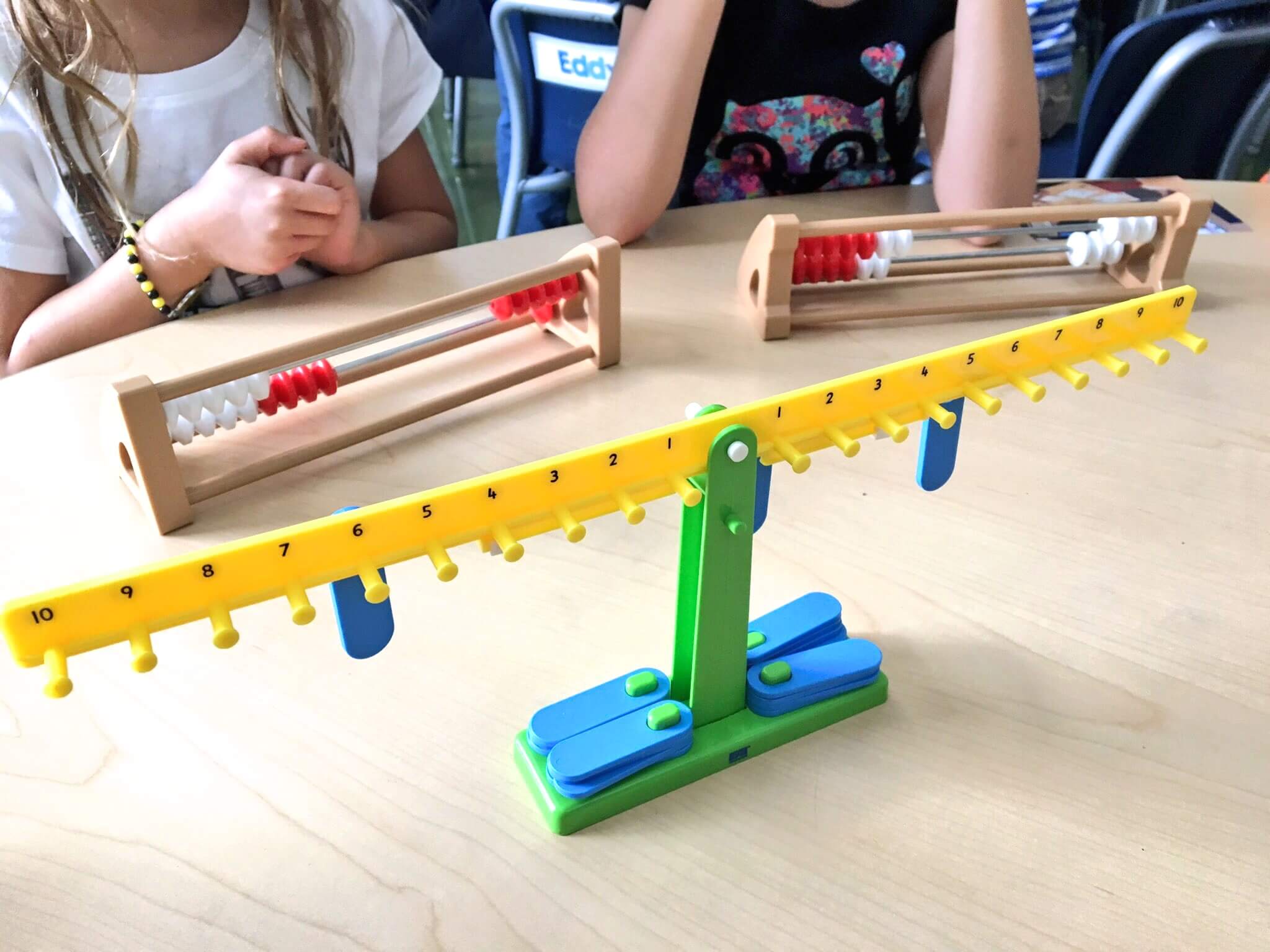

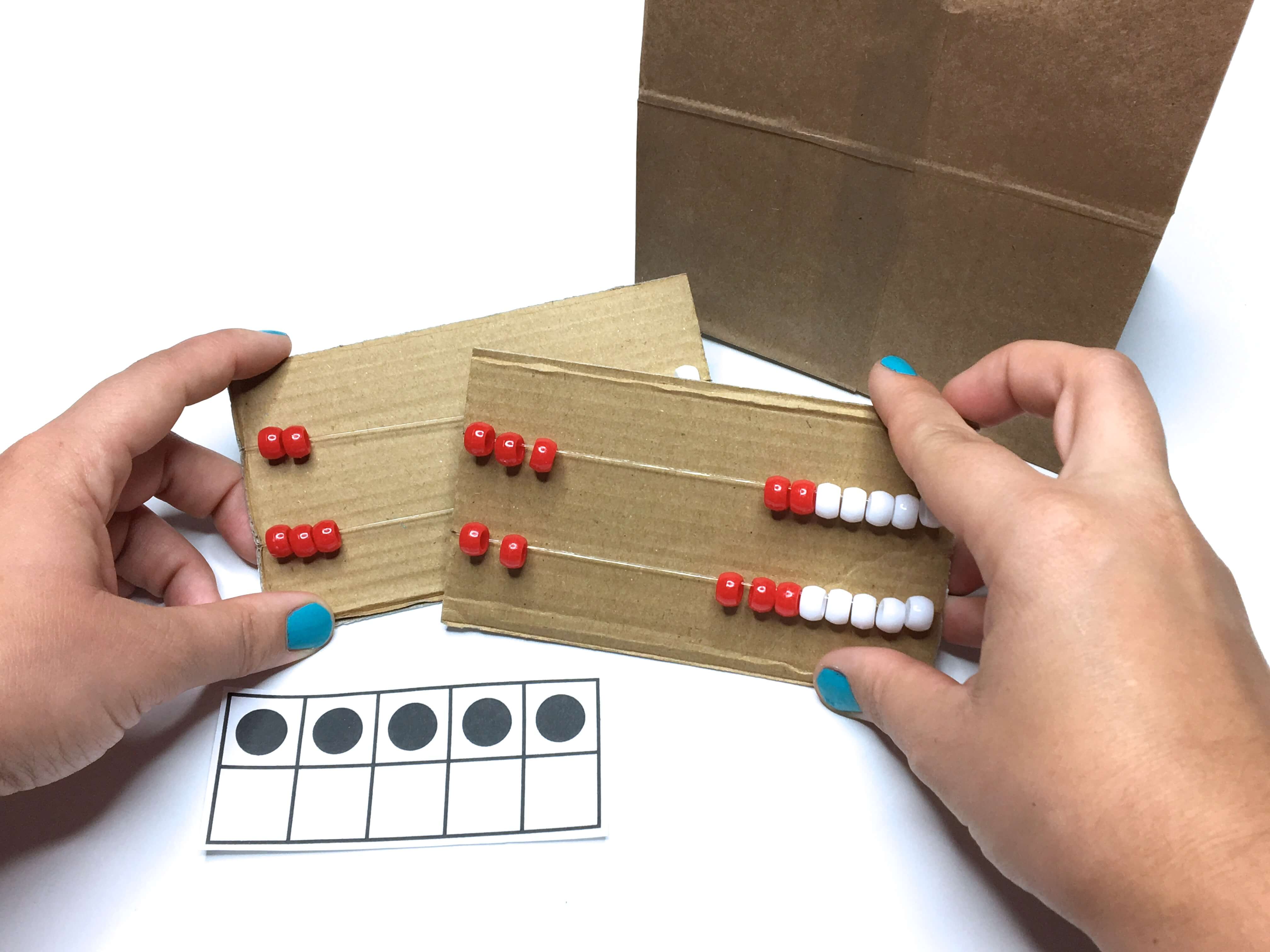
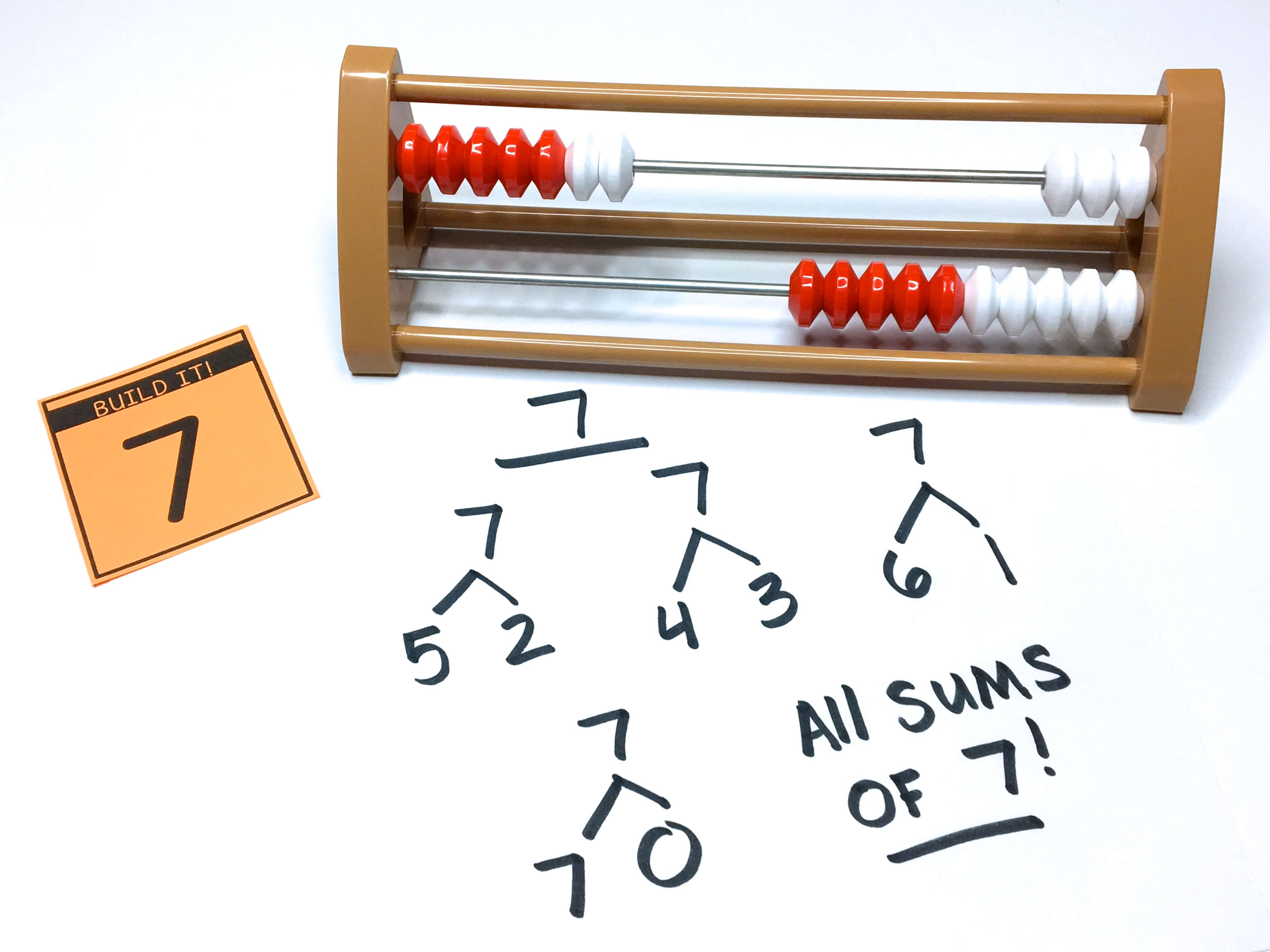
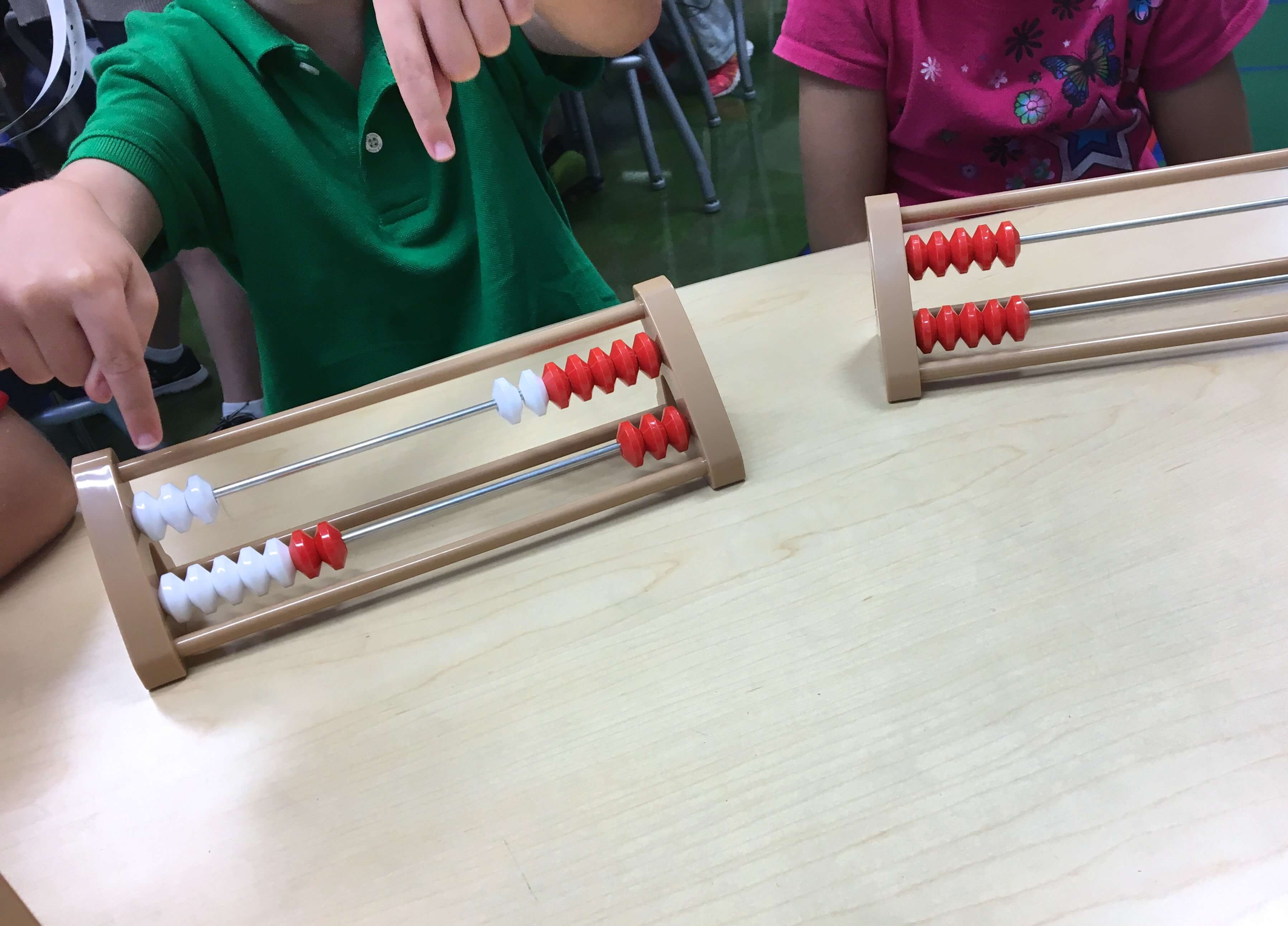
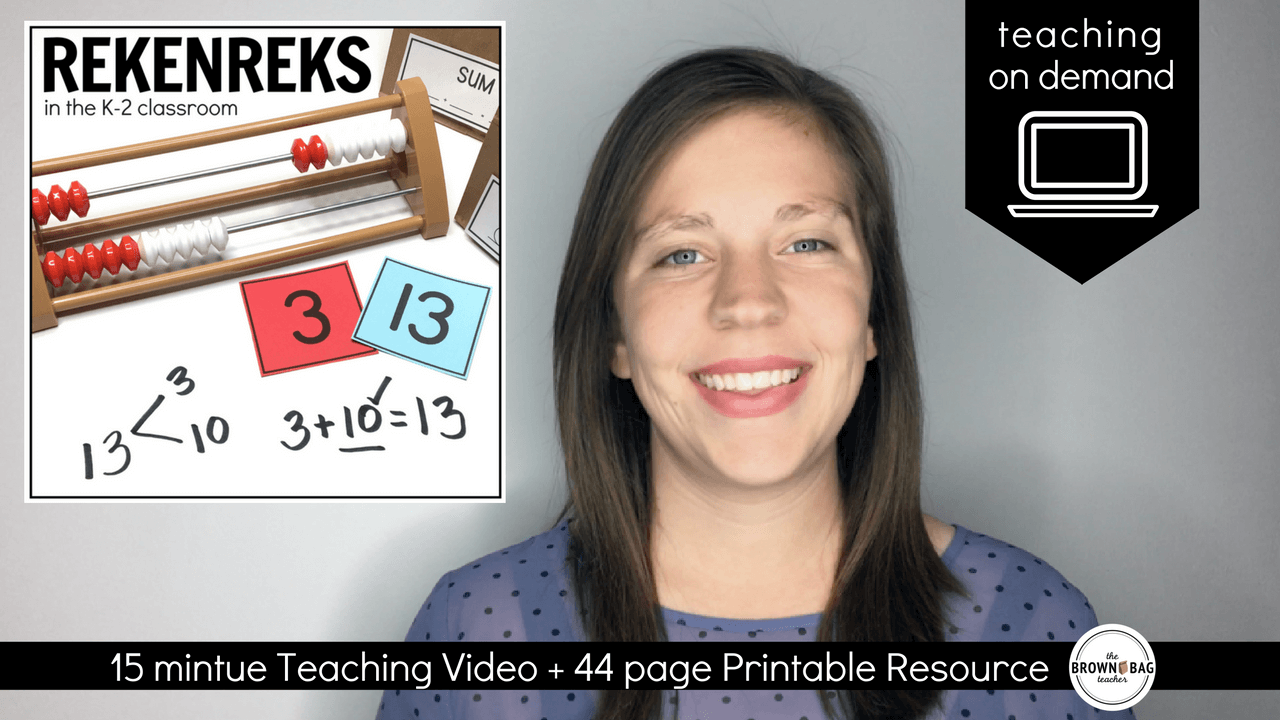
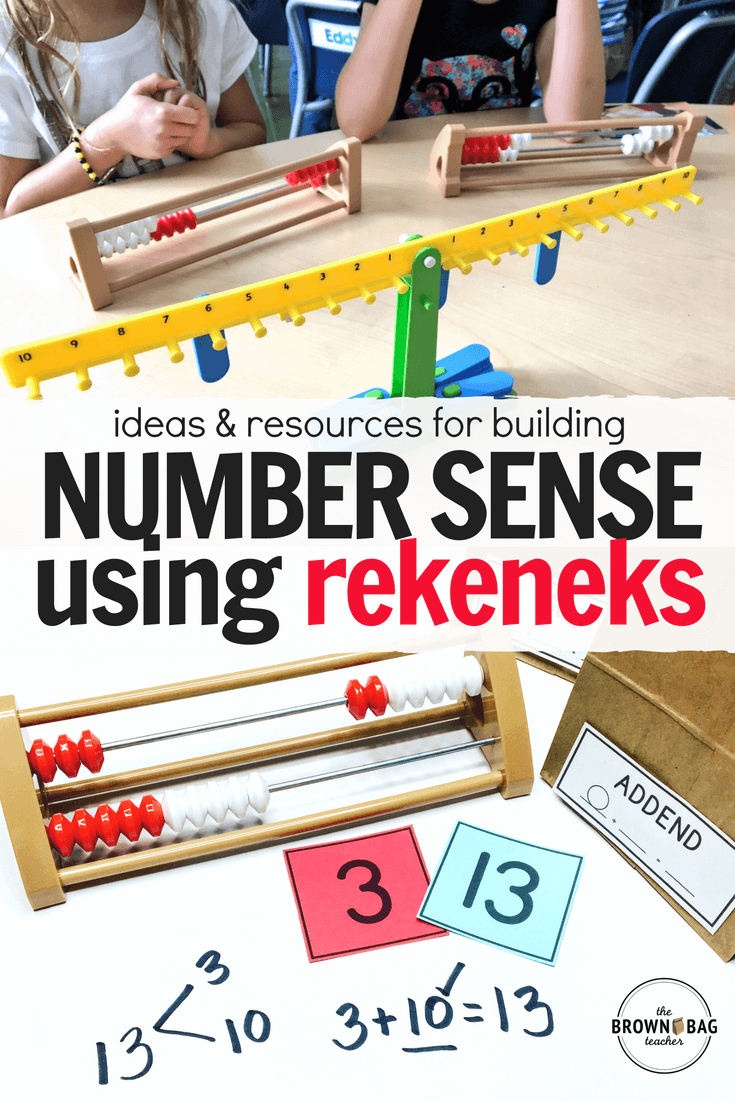

snmhmkorosydqudgibvbzvtfpilepu
I am grateful that you have shared this. support you and keep doing this kind of activity
dbuwbdagynvqwyukcwopjrqkyknlxt
A very creative way of learning math.
I’m curious to find out what blog system you are working with?
I’m having some minor security problems with my latest site and I’d
like to find something more safeguarded. Do you have any suggestions?
Feel free to surf to my web-site : atletismo
I’m so happy with Payvantage. I needed a new phone but was concerned about my credit. Their no-credit approval process was super fast and easy. I got the latest Android phone without any stress, and the payment plan is very manageable. Highly recommend!
I recently explored a site dedicated to used RVs, and I was impressed by the variety and quality of the listings. They feature a wide range of motorhomes, campers, trailers, and fifth wheels, each accompanied by detailed descriptions and high-quality photos. The site is intuitive and easy to navigate, allowing for a seamless browsing experience. Whether you’re buying your first RV or looking to sell your current one, this site offers a comprehensive platform that caters to all your needs.
Alphabet Trains provides a delightful selection of US-made sensory toys and personalized children’s products that are perfect for inspiring creativity and supporting early learning. The Maple Landmarks Name Train encourages children to build and tell stories, while personalized step stools add a unique touch to any room. The colorful classroom rugs create vibrant and engaging learning environments, making each product from Alphabet Trains a valuable addition to your child’s developmental journey.
I read a lot of things, and I thought the way you wrote to make it clear what you wanted to say was very good. I’m impressed, and I’d like to come back again sometime five nights at freddy’s
Games can enhance focus bitlife concentration. Many games, especially puzzle and strategy games, require undivided attention and focus to progress, which can help players stay focused on other tasks in real life as well.
Thanks for the post!